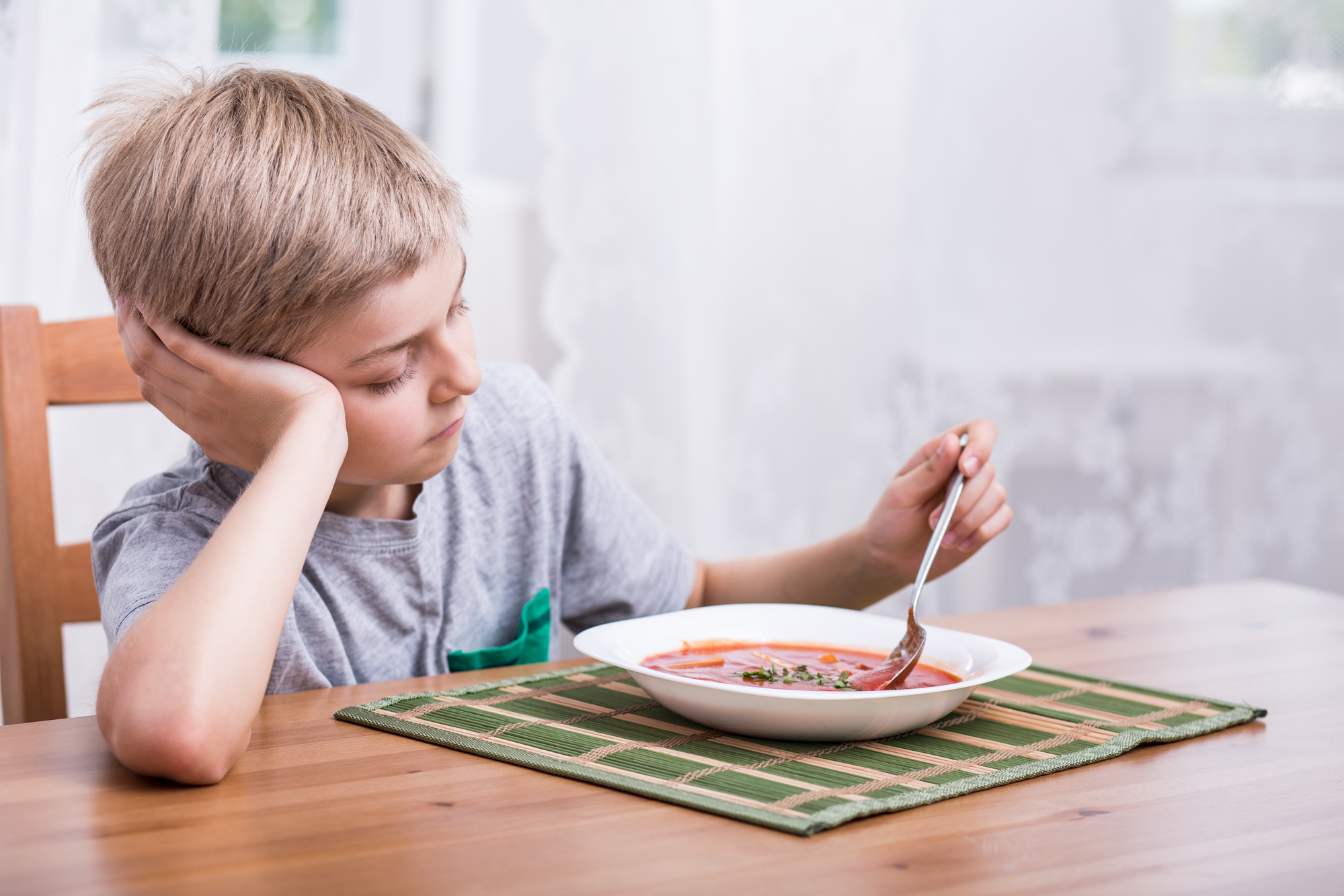Angela said “I am ready to take a leap of faith and trust the Division of Responsibility (DoR), but my husband disagrees. When he incentivises our extreme fussy eater to eat, he is reassured that important foods are eaten. He feels that using DoR will reduce our child’s already limited food repertoire”. Angela is struggling with a common family dilemma. She is ready to trust the Division of Responsibility (DoR) approach to feeding, which emphasizes the child’s autonomy and reduces pressure on them to eat, but her husband is sceptical. If you have tried to implement DoR at home you may have struggled with the same concerns. Parents often struggle to apply DOR properly let alone trust the process. In this blog post, we will explore the benefits and challenges of DOR and how to transition to using it.
Educating yourself about DOR’s benefits
The DOR approach involves parents being responsible for what, when, and where food is offered, while children are responsible for how much and whether they eat. This approach helps to remove pressure and anxiety around food, allowing children to develop a positive emotional association with eating and learn to trust their own bodies to guide their eating habits.
Pressure can have a significant impact on a child’s ability to overcome fussy eating and develop a healthy relationship with food. When children feel pressured to eat certain foods or eat more than they want to, they may become more resistant to trying new foods and less likely to listen to their own hunger and fullness cues. This can create a negative emotional association with eating, which can lead to stress, anxiety, and a loss of trust in one’s own body.

The DOR approach, on the other hand, empowers children to listen to their own bodies and make choices based on their own hunger and fullness cues. By removing pressure, reward, and punishment around food, children can develop a positive emotional association with eating and feel more confident in their ability to make food choices that feel good for their bodies.
This approach allows children to explore and enjoy a variety of foods without feeling pressured or judged, and over time, they can learn to trust their own bodies to guide their eating habits. This is an important foundation for healthy eating habits that can last a lifetime.
One study published in the Journal of Paediatric Gastroenterology and Nutrition in 2015 examined the impact of the DoR on fussy eating behaviours in preschool-aged children over a 12-month period. The study found that children who were exposed to the DoR had a significant decrease in fussy eating behaviours compared to a control group. The researchers also noted that the decrease in fussy eating behaviours was observed within the first few months of implementing the DoR and continued throughout the 12-month period.
Another study published in the journal Appetite in 2016 examined the impact of the DoR on food neophobia (fear of new foods) in children aged 2-6 years over a 10-week period. The study found that children who were exposed to the DoR had a significant decrease in food neophobia compared to a control group. The researchers noted that the decrease in food neophobia was observed within the first few weeks of implementing the DoR and continued throughout the 10-week period.
It may help to know that DOR is endorsed as the gold standard in feeding, by countries such as Australia, the US, UK, Canada etc.
France’s culture is unaware of applying DoR, but it does. In the French style of eating, food is placed in the centre of the table, and children are allowed to serve themselves as much or as little as they like. This approach to eating is less stressful for both parents and children, as parents are less aware of what their children are eating, and children are encouraged to listen to their own hunger cues and eat only what they feel like.
What is Your Concern?
It is not unusual for parents to have disagreements about how best to parent. As parents you make educational choices all the time. Feeding children is so involved, takes so much of your day, it falls very much in your education department. I suppose learning by rote could be equivalent to pressured eating as opposed to learning through exploring which would be equivalent to using DOR in feeding. It is your choice how you educate your child.
If you are a parent who disagrees with your partner about DoR, it is important to identify and understand your concerns. Are you worried about your child’s growth and development? Are you concerned about your child’s nutrition? Perhaps you are worried about your child being too small? If so, where does the fear come from? Is it based on societal pressure or your child’s concerning food intake? Are you interested in learning about your parenting style and how it affects feeding? Do you find it challenging to relinquish some control in feeding your child by sharing power with them?
It is important to keep in mind that using pressure to feed your child can have its limitations. After a while, parents report that pressure techniques cease to be effective, which aligns with extensive research. If you are reading this post, perhaps you are already facing the limits of feeding your child with pressure? If you have been at this for years, how has it worked for you? For your child? Would you be ready to give as many years to applying DoR in your family?
It is also important to remember that every child grows and develops at their own pace. While it is natural to have concerns, focusing too much on your child’s size and weight can lead to unnecessary stress and pressure. Increased pressure is shown to reduce caloric intake[1], as well as fruit and vegetable intake[2].
Instead, you could focus on creating a positive feeding environment that encourages your child to explore and enjoy a variety of foods. A paediatrician may give you some piece of mind but also further investigate your child’s health, nutrient status and growth, if necessary. A multivitamin and iron supplement given to your child daily, may also provide some piece of mind as you transition to implementing DoR.
Letting go and Transitioning to DoR
Letting go and trusting the DoR approach can be challenging, especially if you have concerns about your child’s nutrition and growth. It requires you to have nerves of steel for many years, because your child’s eating will look like either it has regressed, or it is not progressing much, early on. Your child will go for the easy foods they feel comfortable eating, as they build trust in parents’ ability to provide a non-pressurised mealtime. Anxious children will lear, as they relax, to listen to their appetite and their caloric needs, before they can venture out to eating new foods.
if you feel ready to transition to DoR, there are a few things that can help make the transition easier.
Firstly, it’s important to educate yourself on the principles of the DOR approach and the research behind it. Understanding why the DOR approach is effective and how it works can help build confidence in the process.
Secondly, it is helpful to set realistic expectations. The DOR approach is not a quick fix, and it may take time for your child to adjust to the new way of eating. It is important to be patient and consistent in your approach, and to trust that your child will eventually learn to listen to their own hunger and fullness cues and show curiosity in eating.
Thirdly, it is important to create a supportive environment that encourages your child to explore and enjoy a variety of foods. This means avoiding pressure, reward, and punishment around food, and instead focusing on the pleasure and enjoyment of eating.
At Fussy Eater Solutions, the DoR approach is part of how we help families build a plan of action. DoR empowers children to develop a healthy relationship with food and encourages them to listen to their own hunger and fullness cues. It may take time to see progress, but the long-term benefits are worth it. By focusing on your child’s overall health and well-being, you can help them develop a positive body image and a healthy relationship with food that will serve them well throughout their lives. If you have still struggling why not chat with me here.
[1]Galloway, A. T., Fiorito, L. M., Lee, Y., & Birch, L. L. (2005). Parental pressure, dietary patterns, and weight status among girls who are “picky eaters”. Journal of the American Dietetic Association, 105(4), 541-548. doi:10.1016/j.jada.2005.01.029
[2]Gregory, J. E., Paxton, S. J., & Brozovic, A. M. (2010). Pressure to eat and restriction are associated with child eating behaviours and maternal concern about child weight, but not child body mass index, in 2- to 4-year-old children. Appetite, 54(3), 550-556. doi:10.1016/j.appet.2010.01.016








